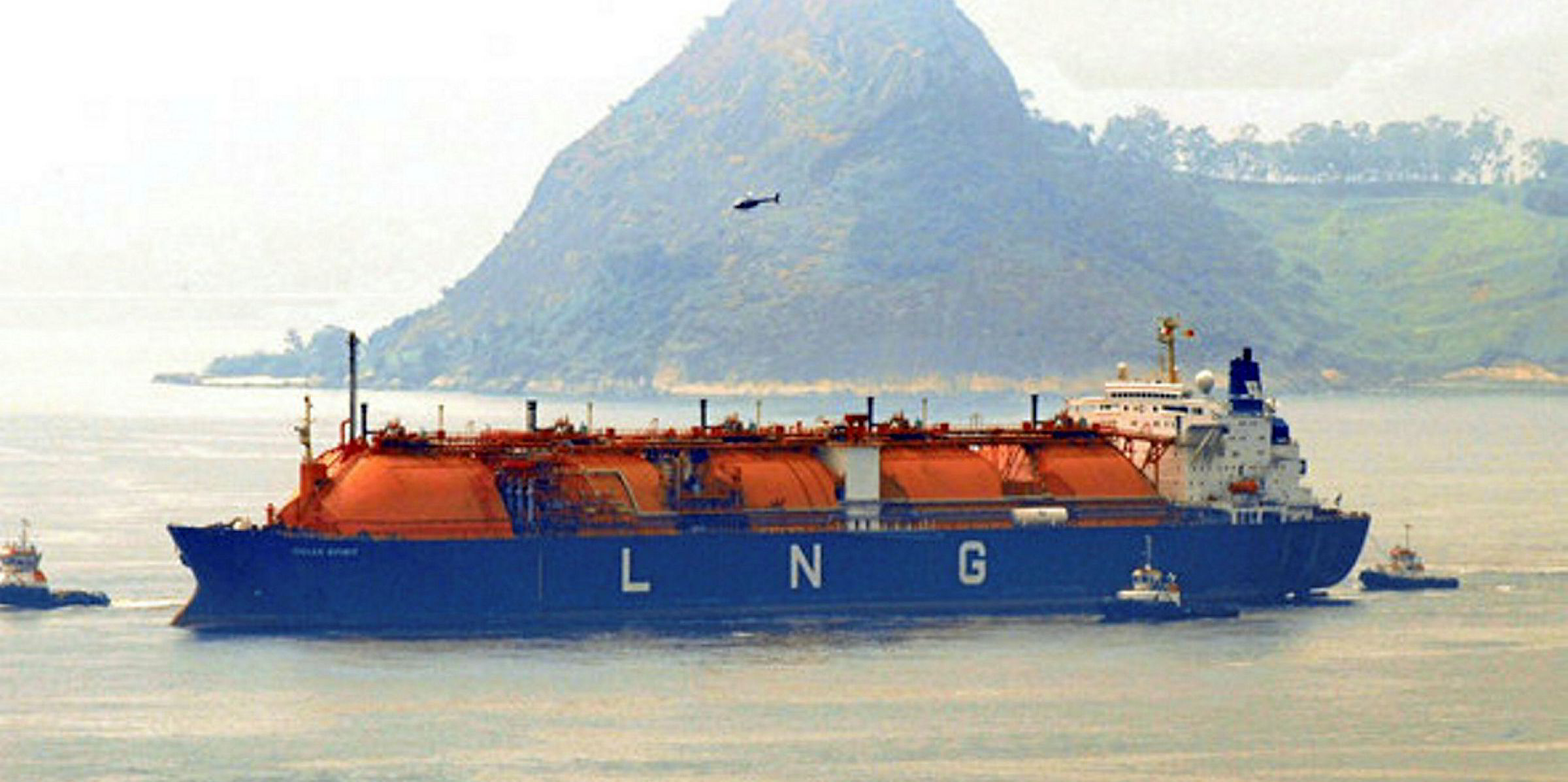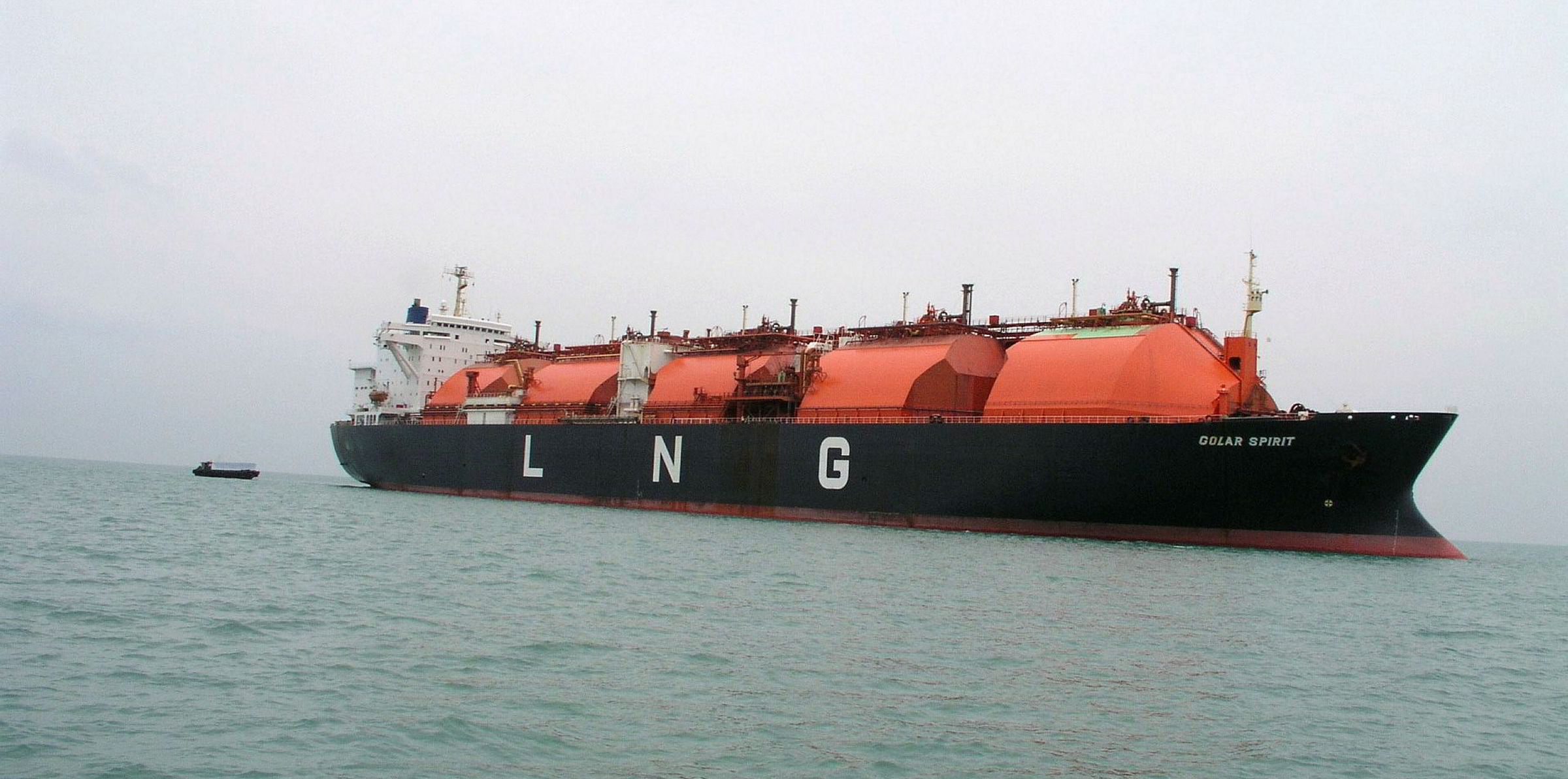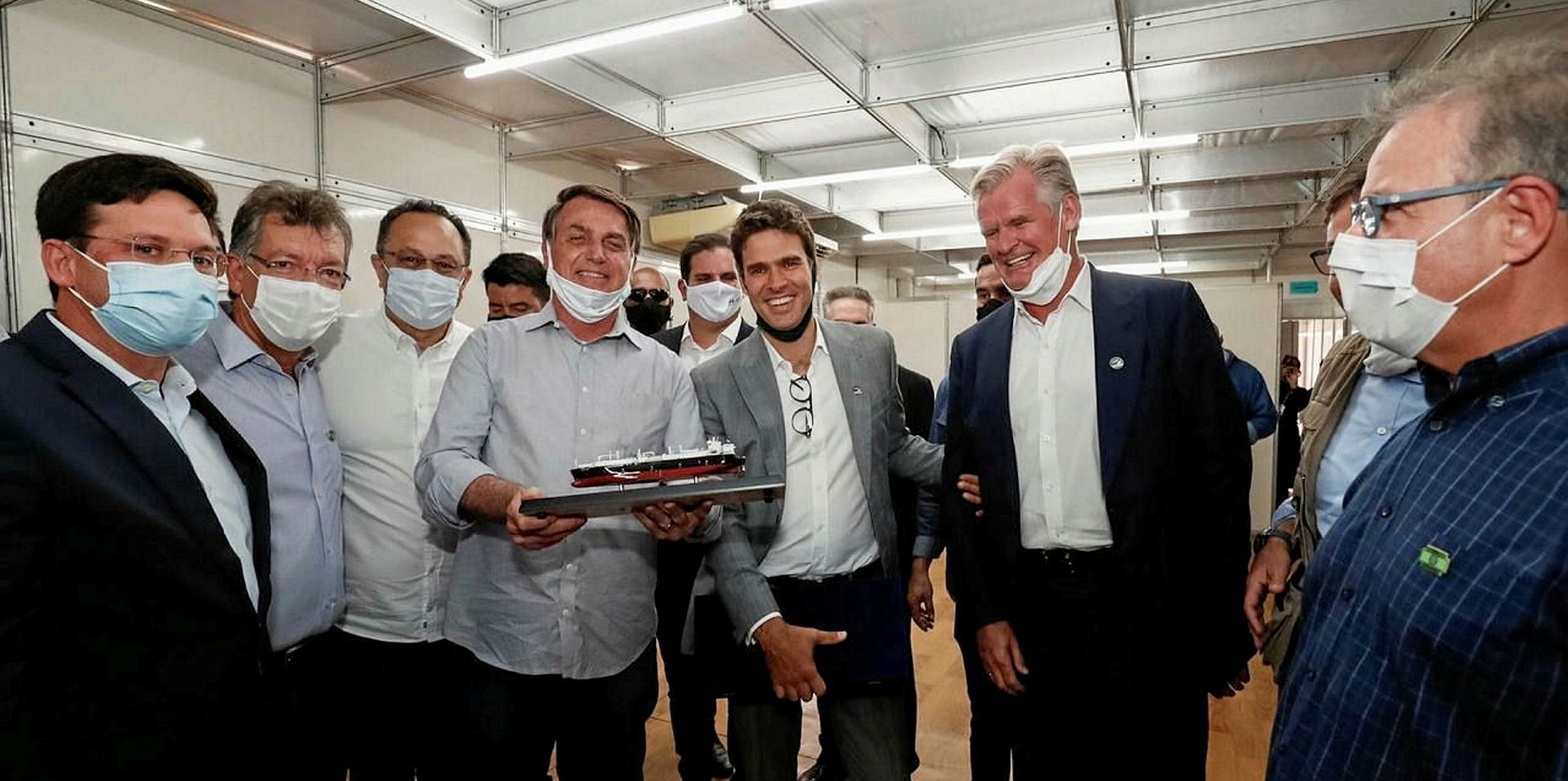Golar LNG Partners is formally teaming up with joint venture Golar Power to use LNG vessels and floating storage and regasification units (FSRUs) for developing hub and spoke-style LNG terminals.
Golar LNG Partners, which is a master limited partnership (MLP), said it has signed a cooperation agreement with Golar Power - a joint venture between parent Golar LNG and Stonepeak Investment Partners.
Under the terms of the team-up, Golar Partners' assets will be used where they are “technically suitable”, the MLP said.
“The terms and structure of the commercial cooperation will be worked on a project-by-project basis, given the customised nature of each potential terminal,” Golar LNG Partners added.
The new understanding brings an end to the “omnibus agreement” that has so far governed cooperation between the two entities.
Fast-tracking opportunities
Golar Partners chief executive Karl Staubo said: “We are excited to formalise a commercial cooperation with Golar Power, to leverage the expertise of the Golar Power team to develop FSRU terminals and parcel regasification demand.
Staubo said: “This agreement will, alongside normal FSRU tendering activity, increase the partnership’s re-contracting options and provide an opportunity to potentially earn higher returns than standard FSRU contracts.
“The partnership’s assets provide an opportunity to fast-track global terminal opportunities that should benefit both parties,” he added.
Golar LNG Partners currently has six FSRUs, one of which , the Golar Spirit (built 1981), is laid up. The company also controls four LNG carriers, including the 135,000-cbm LNG carrier Golar Mazo (built 2000) which is also in lay-up.
In a second quarter results briefing earlier this month, Staubo hinted at a closer tie-up between the two companies.
He spoke about parceling regasification capacity for the company’s FSRUs after securing one offtaker that would cover a unit’s base demand, describing it as similar to Golar Power’s approach in Brazil.
“We are looking to work with the Golar Power team to develop tolling-based arrangements for our fleet in global locations, in addition to participating in normal FSRU tendering activity once the existing portfolio rolls off their existing charters,” he said, stressing that the MLP would not be competing with the joint venture.
“I think Golar Power views some of the FSRUs of the MLP as part of the broadened toolbox that they have, where they expand beyond Brazil.”
Golar Power, which this year brought the huge Sergipe power plant online using the FSRU Golar Nanook (built 2017), plans to develop several satellite LNG import facilities in Brazil.
In addition, the company has said it plans to roll out this model internationally and is looking at 15 new markets worldwide.







